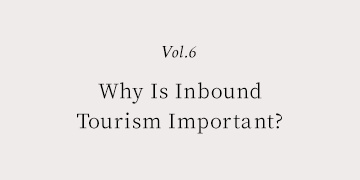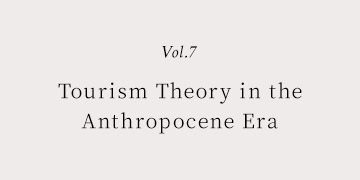
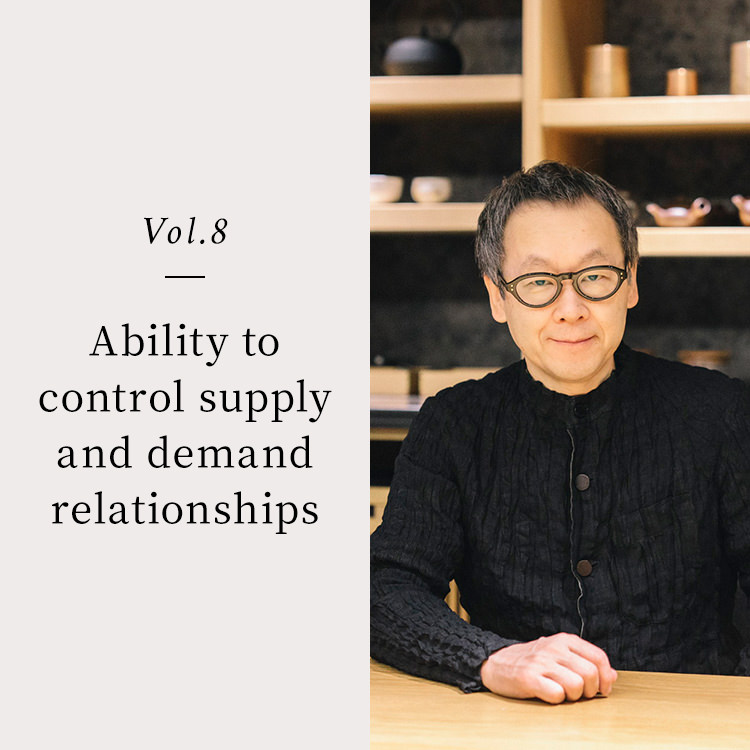
Hotel operation is determined by the supply-demand relationships. If demand is greater than supply, the operation will go up and down if it is smaller. It's a very simple game.
When a new hotel is planned, investment is justified relative to forecasts of future demand and supply. However, because these figures are available to everyone, many hotel investments are justified simultaneously when there is an overdemand, and more supply than expected in a few years will be born and the originally planned investment yield will not be achieved. I have looked at the industry for the past 38 years, and many regions of the world have repeated cycles of excess demand and oversupply. Over the 2 years since 2020, hotel operations in Japan have declined, but we believe that oversupply has already occurred in many regions due to the shadow of the COVID.
If working within the necessity of this cycle, we will want to have the ability to control the supply-demand relationship of our own facilities alone without over relying on the local supply-demand relationship for the operation of our hotel.
Incidentally, this cycle is not necessarily bad, but has led to a renewal and evolution of the hotel industry. When the supply is excessive, the weak hotel becomes less profitable, and the reform is required. In some cases, buildings are dismantled and used for other purposes, but depending on the new concept, it becomes easier to make reconstructions and renovations profitable, which will be a force to expand demand in the region.
In recent years, the private accommodation market that Airbnb has developed can also be said to be a new demand based on a new concept. The IT revolution facilitated lodging as a sharing economy. However, if you think carefully, the hotel rooms are originally the sharing economy. Professionals in the sharing economy are at the threat of new entrants because existing hotels have become eager to meet their immediate budgets and have failed to identify and self-transform changing market needs. Hotels do not inherently lose to private lodging, and we are learning much from private lodging demand and are finally trying to get a retaliatory opportunity. For example, 67% of OMO5 Kyoto Gion's rooms were kitchened and 94% were designed to accommodate more than 4 people. Idobata Suite in OMO7 Osaka was designed so that 4 people in 1 room could enjoy staying while having a semi-private space. We compete with the nicher of private lodging to improve homogenization.
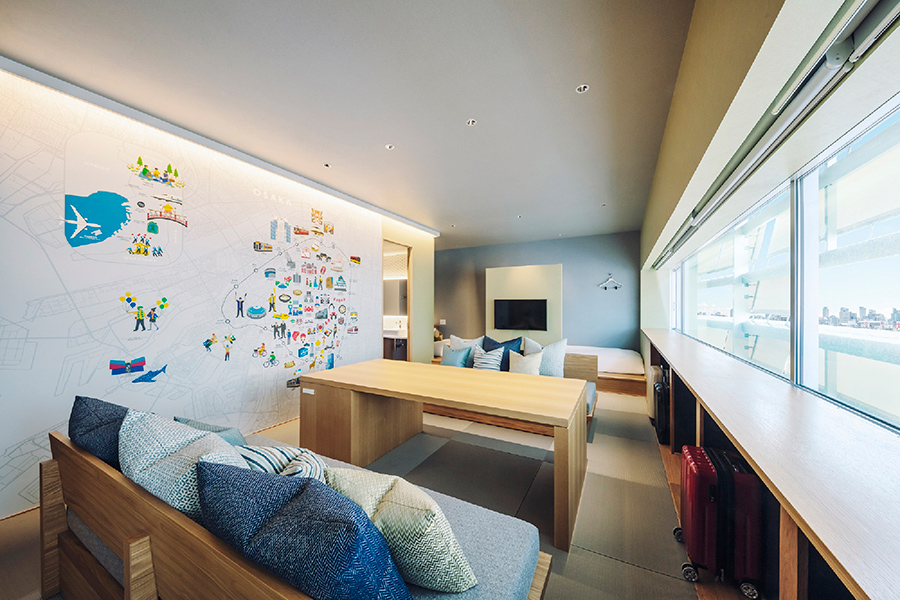
OMO7 Osaka Idobata Suite
I want to return the topic to "the ability to control the supply-demand relationship of only our own facilities."
Hoshino Resorts has grown by playing a role in the rehabilitation of resort hotels. This is nothing but to create demand through the creation of attractiveness where there is no demand and to improve the supply-demand relationship of its own facilities. Today, it has 56 facilities under management (as of the end of March 2022), and it is trying to create demand for facilities within the Group in a new way that leverages scale. That is small mass marketing. Small mas are segments with special needs, but with larger market sizes than niche markets. It is important for each small mass segment to be recognized as a hotel chain that provides unique services to meet their needs. Here, we introduce examples of such efforts.
The first small mass segment is the pet accompanying travel market. Around 10% of domestic households (Note 2) have dogs, and the figure is not growing. However, in that market, households and frequency of travel accompanied by pets are increasing. The number of watchdogs is decreasing, and the number of traveling pets is increasing. Hoshino Resorts has set up rooms that can be accompanied by pets at 9 facilities, confirmed customer needs, and established response methods. The occupancy rate of the set rooms was also able to achieve a track record of continually exceeding the occupancy rate of the hotel as a whole. Therefore, the project to expand the present 9 facilities to 46 facilities is advancing.
The second is the travel subscription market. We decided to collaborate with HafH of Kabuku style Inc. to look for approaching the marketplace. In my direct interviews with HafH members, I was able to identify the potential for subscriptions to create new markets. For example, one of HafH members was becoming a member in order to break away from its inadvertent character. He seemed to be satisfied with himself, who was changing. "On the night before the trip I booked in HafH, I feel painful because I don't want to go, but I'm glad that I came when I went on a trip the next day." For example, this market can never materialize as long as it sells existing travel products in existing channels.
Hoshino Resorts hot spring Ryokan sub-brand KAI introduced a hot spring Ryokan subscription plan as a "Hot Spring Touring KAI One Year Pass" for customers aged 70 years or older. As the first attempt, when we sold it only for 100 tickets, it sold out in 7 days. This segment tends to experience a decline in travel participation rates with age, and we will examine in the future whether subscriptions have the effect of increasing customer share or curbing the speed at which participation rates decline.
The third is the millennial generation. We understand that this generation has different travel needs, and the service and sales methods of existing hotels are insufficient. However, we think that an early approach is important because they will become the center of the travel market after 10 years. "Graduate Plan" and "KAI Tabi 20s" have approached this marketplace. We are also working to develop “BEB”, a subbrand targeting people in their 20s as its main target. On July 1, 2022, we will open its third facility in Seragaki, Okinawa's main island, following Karuizawa and Tsuchiura.
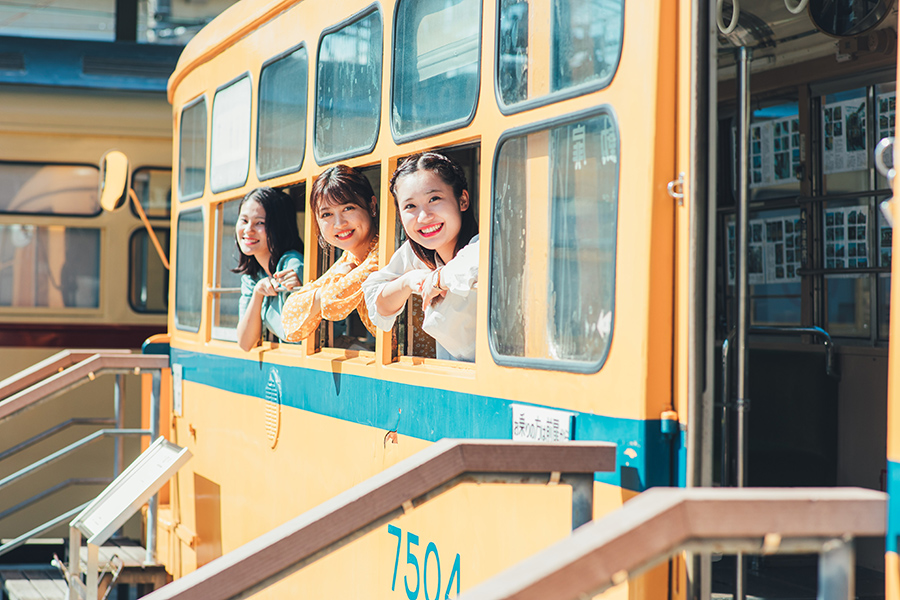
Graduate plan
The fourth is the approach to business users of the urban subbrand “OMO.” OMO has begun to set up "Workrooms" to secure office space in individual rooms and rent them out on an hourly basis, and is trying to meet the need to participate in individual rooms in telework conferences. We also introduced a point system called “OMO POINT.” If points are earned 10,000 points with a 5% return, it can be exchanged for 10 thousand yen worth of Hoshino Resorts gift cards. With this gift card, all domestic Hoshino resorts can be reserved online without restriction on the day of the week or time.
The fifth is collaboration with Seicomart in Hokkaido. For Hokkaido residents, travel outside Hokkaido is effectively accompanied by flights, which increases the ratio of travel to Hokkaido. Therefore, the intra-Hokkaido market is an important small mass segment for hotels and resorts in Hokkaido. Seicomart is the largest convenience store with 1,084 stores in Hokkaido and has built a strong brand. Hokkaido has a population of about 5,380 thousand (Note 3) and Pecoma card members of Seicomart has more than 5 million, which is speculative but more widespread than the “My Number card” which is individual card in Japan. Hoshino Resorts, on the other hand, operates 2,106 rooms in Hokkaido, including WBF's hotels, making it the largest group in Hokkaido. On February 1, 2022, Hoshino Resorts formed an alliance with Seicomart and began providing preferential services to Pecoma cardholders. Proposes a special price to Pecoma cardholders, with a Pecoma card point when staying, and users can use it to shop at Seicomart. This can be said to be an ideal small mass marketing method. This is because this benefit is irrelevant to customers who do not have a Pecoma card and live outside of Hokkaido, where there are no Seicomart stores in their living area.
In this way, Hoshino Resorts has begun to leverage its scale to strengthen its brand to the small mass segment. The distinctive feature of this is that it does not need to provide information on each initiative to the entire market, and it will appeal only to each segment and enhance its brand power within it. The pet-accompanying travel market will recognize Hoshino Resorts as a pet-friendly hotel group, and the millennial generation will recognize Hoshino Resorts as a brand that they are targeting. In this way, we believe that its ability to develop branding to the small mass segment and increase its market share in each segment will be linked to its ability to operate to control demand for its own facilities.
- (Note 1)
- There is no fact that Hoshino Resorts REIT, Inc. has decided to acquire facilities that are the facilities introduced in the main text and that are not properties owned by Hoshino Resorts REIT, Inc. at this time.
- (Note 2)
- Based on the results of the Japan Pet Food Association's 2021 National Survey of Dogs and Cats
- (Note 3)
- Based on the 2015 National Census Population and Other Basic Tabulation, Ministry of Internal Affairs and Communications, Statistics Bureau of Japan











